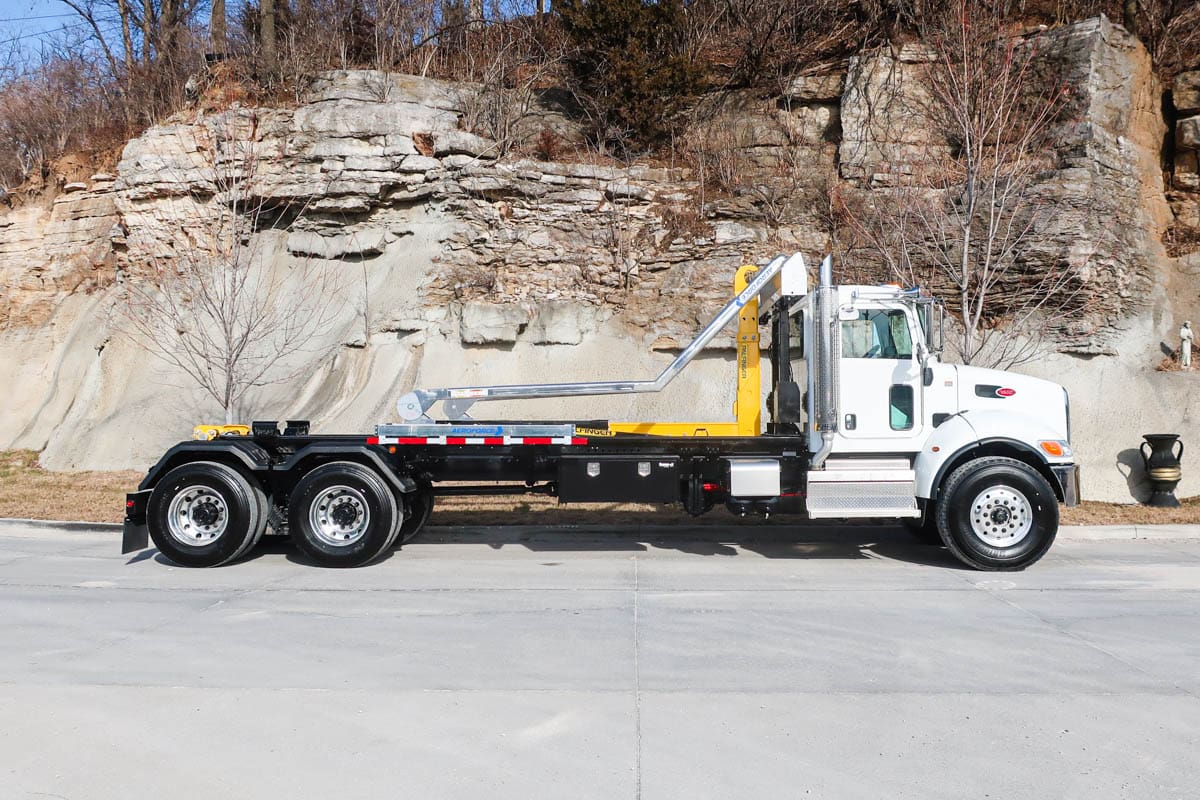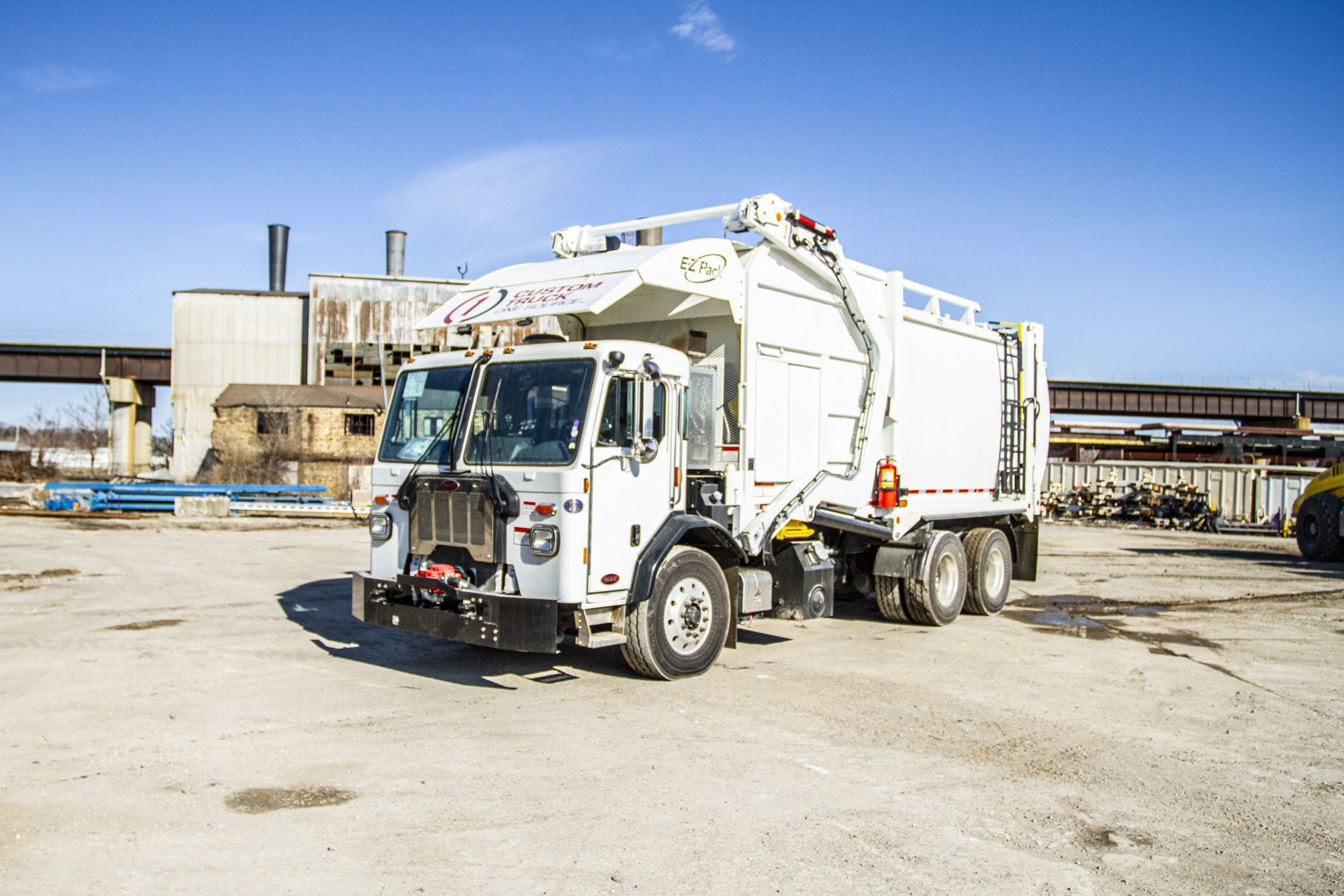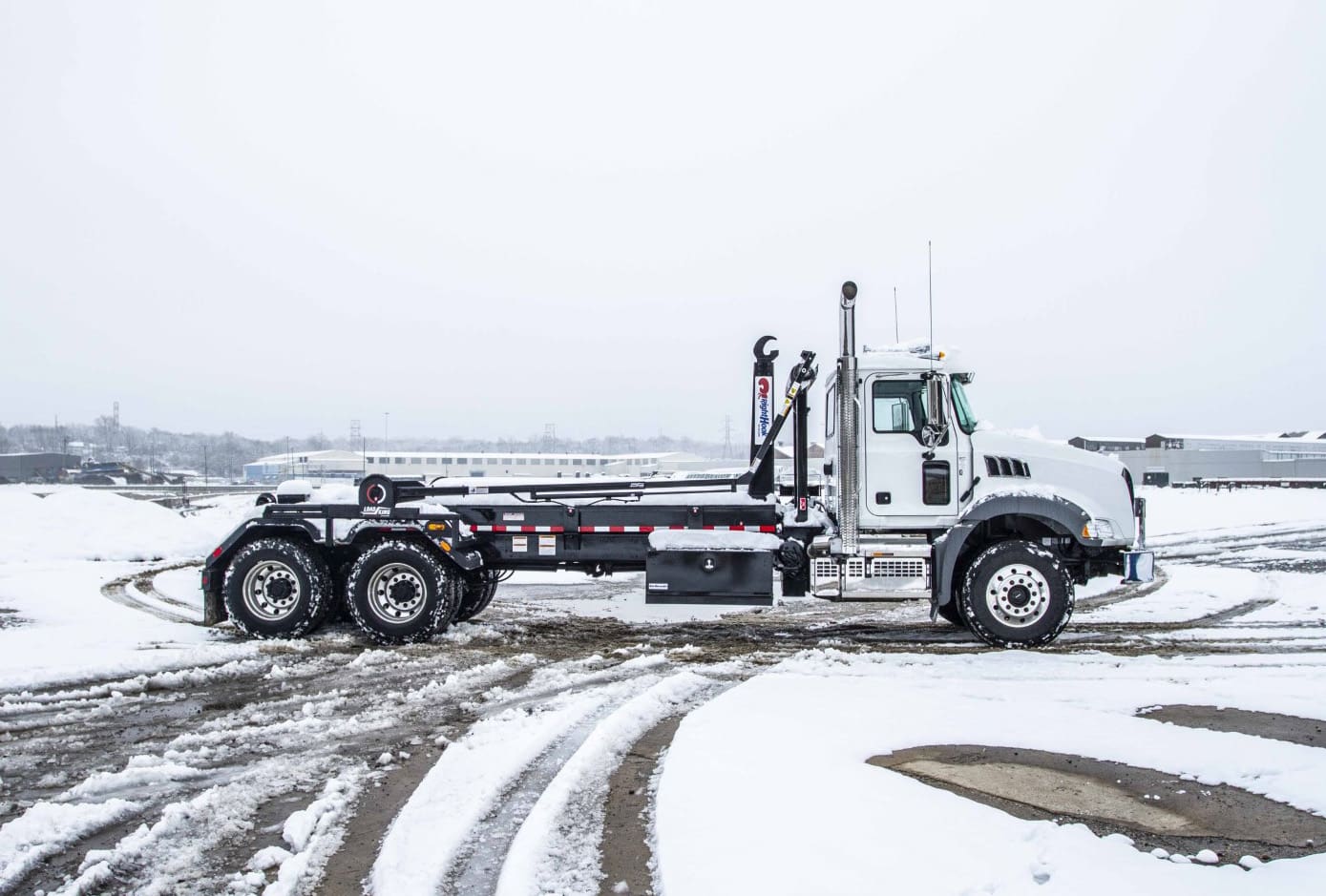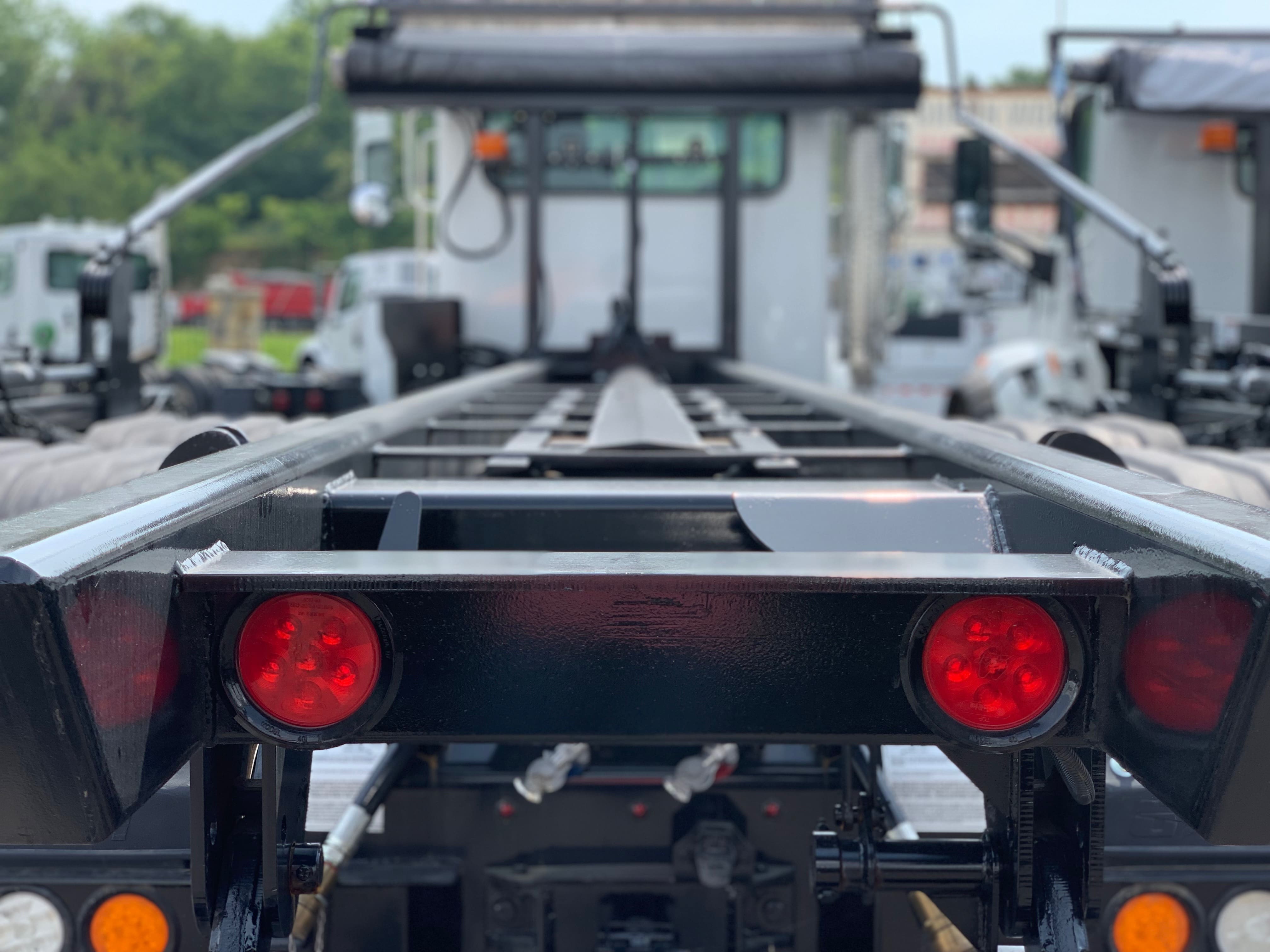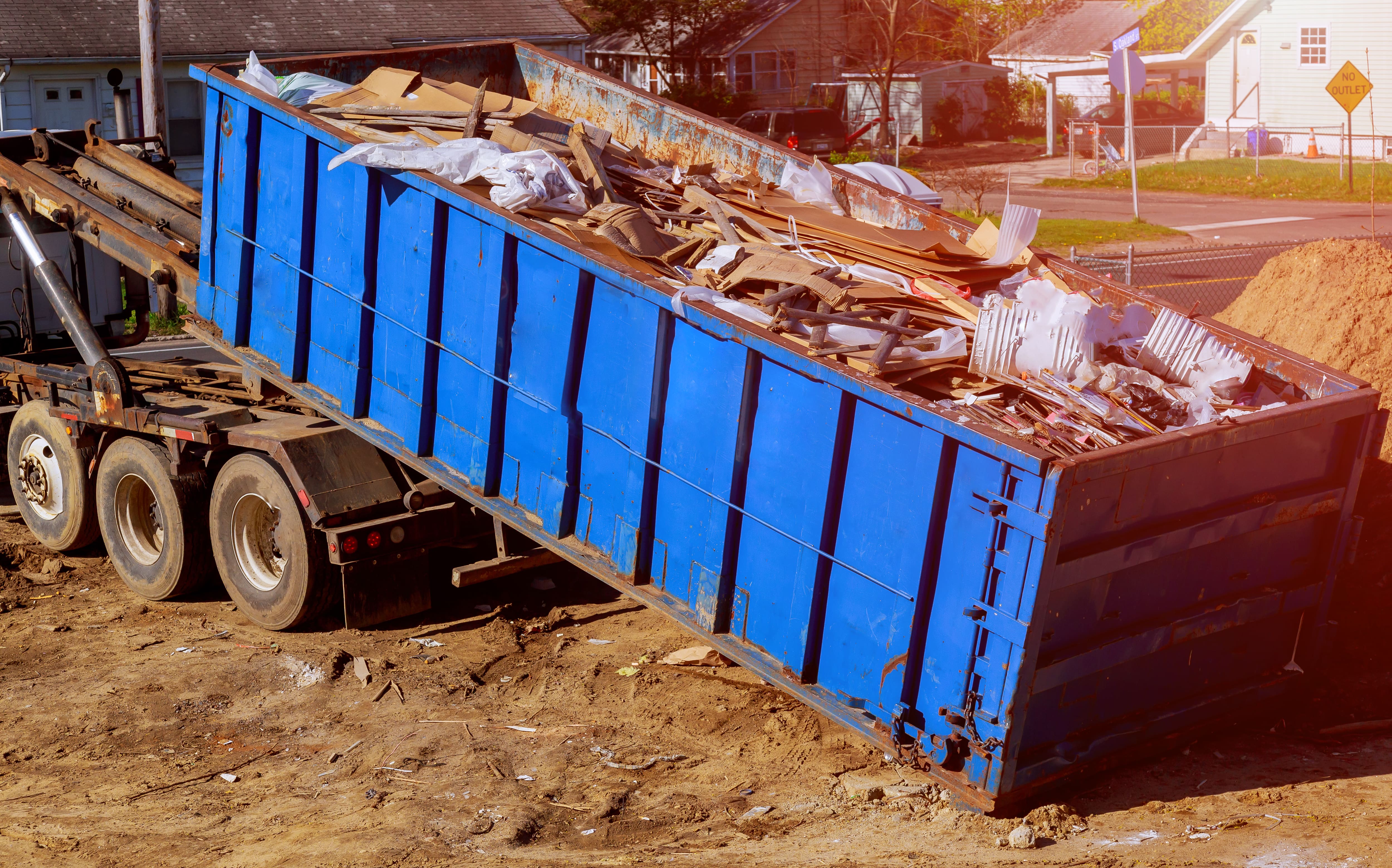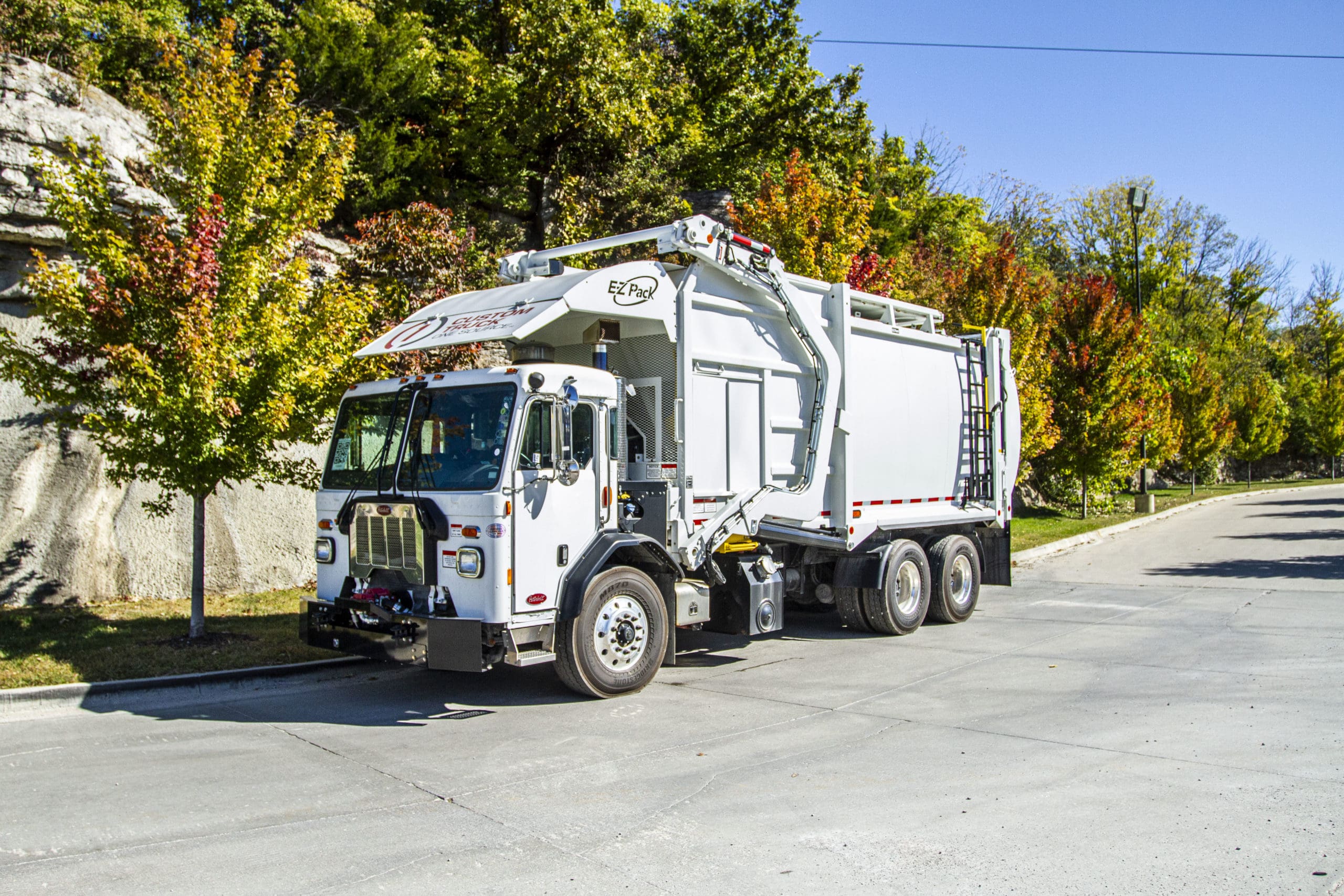
Front-end loaders make waste collection easy. They are extremely reliable and functional, making them an indispensable asset in the waste industry.
How did these garbage trucks start? Who invented them? In this article, we’ll talk about the history of front loaders and how they evolved over the years. You’ll know how and why front loaders came to be and what they are now.
The History of Front-End Loader Garbage Trucks
Front-end loaders may only be a few decades old but waste management is a much older industry. Waste haulers, or “scavengers,” were responsible for collecting and selling waste.
The first-ever garbage-collecting vehicles were horse-drawn carts — this was in the 1800s. It wasn’t until the early 20th century when the first garbage truck was introduced. These early trucks were efficient but not perfect. Poor sanitation was one of the major problems.
Except for the poor sanitation issue, the earliest garbage trucks were fairly efficient in waste management. However, the garbage collectors still struggled to lift extremely heavy garbage onto the pickup trucks. To remedy this, they released the first external hopper truck sometime in 1929. These trucks were a mainstay, yet they still required help from several men to manually load garbage onto the truck. This became a problem that needed a solution.
The Birth of Front End Loaders
In 1952, Phil Gentile and Samuel Vincen Bowles developed the first front-end loader truck, released in California. These models were equipped with a bucket attachment that was later modified to a forklift-style arm. Initially, only 10 trucks with this fixed bucket were created. They were used mainly for residential purposes and bulk collection.
Two years later, Bowles started manufacturing front loader garbage trucks that were designed with closed dump bodies. They were paired with a Pull-Type packer system. This pull-type system moved a blade from the front to the back of the hopper, making space for the next load of refuse. It would also compact the contents of the hopper as it filled. However, the patent on this design prevented it from spreading across the industry. Manufacturers instead employed “push type” packers, which featured rams mounted vertically ahead of the blade.
In 1955, Towner Mfg. of California designed another new front loader, called Nu-Way Pak Sanitary Van, that had a compaction rate of about 24,000 pounds. However, these models weren’t a hit on the market, because their container coupling method wasn’t compatible with the industry standards of the time. Only a few of them were sold and some were even used as movie props.
As companies in the refuse industry continuously improved these trucks, front loaders began to grow in popularity during the 1950s. Their main market was Southern California, where they became an industry staple. Bowles continued refining and updating his front end loader designs and even set the standard for West coast builders.
Important Innovations
There are a couple refinements in particular that secured a long-lasting place for FELs in the refuse industry. For example, bent arms, or Over-the-Cab (OTC) lift arms, were a game changer. The original arms presented several safety concerns. As the older style of arms lifted, they moved directly past the doors of the cab. This motion could result in injury to the driver, damage to cab doors, or could even trap drivers within the cab.
Dempster, a manufacturer in the East, redesigned their Dumpmaster in 1957 and released the industry’s first OTC lift arms. This new model sported gooseneck shaped lift arms that completely cleared the cab doors throughout the container lift cycle. They also changed to a more efficient container coupling system. These arms had forks that engaged pockets on the sides of containers instead of the bottom.
Another one of the most important changes to FEL design was improvements to Cab-Over-Engine (COE) chassis. This innovation greatly benefited the refuse industry, especially front loaders. Cab over trucks made front loaders safer and more operator-friendly. New tilt-cab COE trucks had large windshields and forward seating, drastically improving visibility. This allowed drivers to watch their forks connect with containers. They no longer had to rely on another person to be their set of eyes, or to guess where to aim their forks, significantly increasing efficiency. These features made COE trucks a far better fit for front loader bodies. Once the 1960s introduced COE trucks with shorter bumper-to-back-of cab dimensions to the market, the conventional cab was almost entirely replaced by COEs for front loader use.
By the 1970s, front loaders were a hit country-wide.
What They Are Now
In the late 1990s, front loaders equipped with an over-the-cab arm controlled by a cylinder is the industry standard. It all started with an open body dump truck, but today front loaders are easy to operate and highly efficient. They are also more powerful now compared to what they were years back. Modern front loaders are ideal for use in residential and commercial jobs.
Front-loaders now have different technological features. Some can see and record trash weight by using on-board scales. With cameras, they can also see potential dangers to help reduce accidents.
Talk to us if you need more information about front-end loader garbage trucks and how they can benefit your business.
Contact Custom Truck Today
If you need assistance acquiring or renting front loaders or other specialized trucks for your heavy equipment, let us know. Our professional team location across North America can assist you with rentals, sales, parts & service, asset disposal and financing solutions with front loaders or other custom trucks that you need.
Get in touch with us today!


